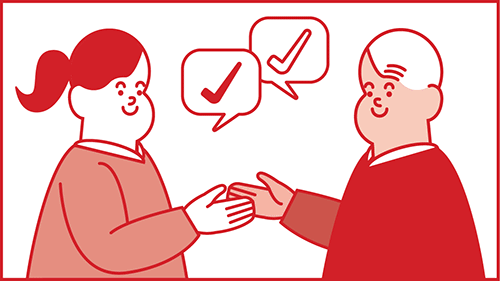Provider Choice Shown to Help K-12 Employees Save More for Retirement
Relationships are important, especially considering the differences between the K-12 403(b) market and other DC plan markets.
Provider choice in K-12 403(b) plans leads to increased 403(b) participation, higher annual contributions and higher median account balances, according to research gathered and conducted by Equitable.
Since the passage of the IRS 403(b) regulations in 2007, there has been some effort to move K-12 403(b) plans to a single-provider model, and some school systems have reported success in that endeavor. However, in its survey report, Equitable says there have been some reductions in participation when certain states moved from a multi-provider plan to a single-provider 403(b). For example, it says that Colorado saw a 54% reduction in participation over a five-year period when available plan providers were reduced from 55 to a single vendor. In California, the number of investment providers was also reduced, leading to a 56% reduction in plan participation among participants whose provider was no longer available.
The report notes that “a true causal link remains unclear,” but cites a study that suggests higher participation rates under multiple providers may be due to the increase in marketing activity associated with multiple vendors.
Steve Scanlon, head of group retirement at Equitable, points out the difference between K-12 403(b) plans and other defined contribution (DC) plans, including 401(k) plans offered in the corporate sector and 403(b) plans offered in markets other than K-12 public schools. Traditionally, K-12 school systems had little involvement with their plans; participants had individual relationships with annuity providers they selected, often after vendors visited the workplace. “Certainly, having too many investment options leads to ‘analysis paralysis,’ but the K-12 environment works differently because of the individual relationships,” Scanlon says.
In the examples cited where participation dropped as investment choices were pared down, Scanlon says it’s possible employees stopped participating because the vendor with which they had a contract was no longer offered as part of the plan and they just didn’t select another. “Maybe it just got away from them and they forgot to do it,” he says. However, he adds, the decrease could be because there were fewer advisers serving the plan, so fewer teachers knew about the plan and their options.
Equitable found that two-thirds of K-12 employees in plans with provider choice reported familiarity with their 403(b) plans, while half without provider choice reported the same. Likewise, more employees with provider choice reported satisfaction with their plans (70% vs. 57% with no provider choice) and confidence in their plans (87% vs. 80%).
Asked whether education about the investments offered by the single provider, or comparisons of old investments with the ones that were kept, could have mitigated the drop in participation seen when school systems moved to single-provider plans, Scanlon says, “What we know undoubtedly is education and advice helps. It helps with increasing contributions, account accumulation and employee confidence.” However, he argues that K-12 employees get more education and advice in a multi-provider plan.
“Remember, with most 401(k) plans, employees are immediately defaulted into them. Automatic enrollment isn’t available for most K-12 403(b) plans,” Scanlon notes. He points out that providers who meet with K-12 employees in a school cafeteria or teacher lounge offer help for their specific needs. “Often, the first thing they do is talk about the public pension employees have. Many don’t understand how it works and, with the changes that have been made to public pensions, they should understand the need to supplement that [with the 403(b)],” he says. “Also, educators don’t always put themselves first. Providers show them the need to take care of their long-term financial needs and that there could potentially be a gap” between what they have and what they need.
Scanlon says the main benefit for offering multiple providers for K-12 403(b) plans “is individual advice for individual teachers.” He says a lot of the advice has to do with getting employees to supplement their pensions, but many educators are also struggling with student loan debt, and providers also need to address how men invest differently than women. Scanlon says he hasn’t seen many single providers in the K-12 market offering people on the ground to meet with participants.
“The advantage of multiple providers is that they are really advising employees versus just enrolling them. That one-on-one help is what makes the difference,” Scanlon concludes.



